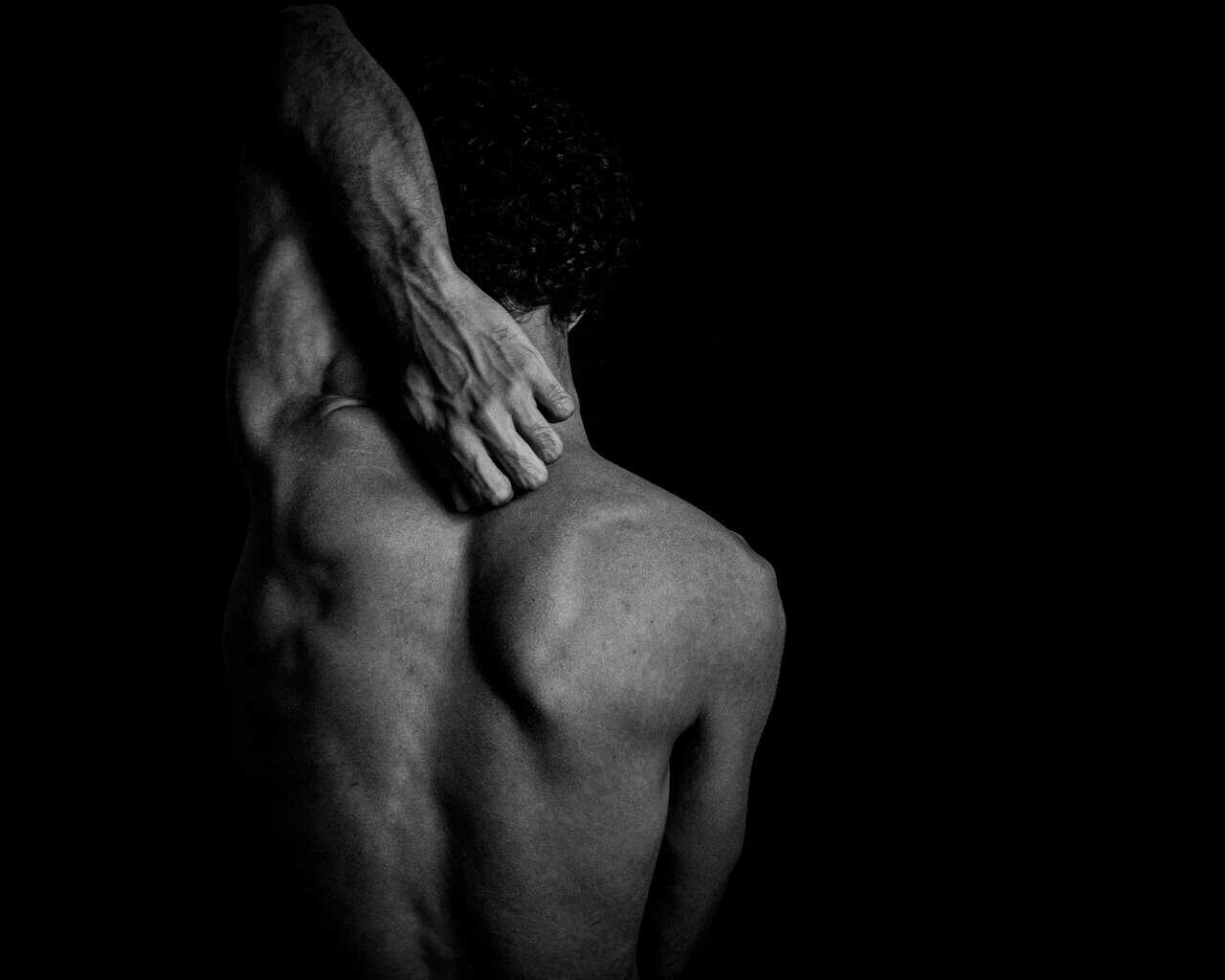Rehab Pilates for Shoulder Dislocation: Bankarts Surgery

When our arms are working without any issue, we don’t realize the multitude of activities we do with them. But when we hurt any part of the arm, be it the wrist, the elbow, or the shoulder, it hits us. Imagine having the shoulder of your dominant side being dislocated while you play your favorite sports, not once but again and again. Ouch! Even the thought of it is painful. In this blog, we discuss such a case study of Ryan, who had to undergo surgery for his recurrent shoulder dislocation and how he recovered post that.
Shoulder dislocation
The shoulder joint or the glenohumeral joint is a ball and socket joint which is very mobile and is reliant on its surrounding muscles and ligament to provide stability. A shoulder dislocation can occur due to trauma or due to muscular or ligament insufficiency. Repeated shoulder dislocations can even lead to lesions like the Bankarts lesion or the Hill Sachs lesion.
A Bankarts lesion is an injury of the cartilage within the ball and socket joint (anterior glenoid labrum tear) which allows for the head of the shoulder to dislocate in the front of the cavity. It can be accompanied by the Hill Sachs lesion which is a depression in the back of the head of the humerus which thus causing the shoulder to dislocate anteriorly or pop out in the front.
Case history
Six years ago, Ryan slipped and fell while playing basketball, dislocating his right shoulder. This trauma was followed by more incidents where the shoulder got dislocated multiple times whilst doing his regular activities like playing badminton and while boxing.
After multiple episodes of dislocation over the years, he decided to get it checked. When he came to Moushumi Kuvawala for physiotherapy, she found that his shoulder was very unstable. She recommended that he go to an Orthopedic surgeon. He underwent an MRI, wherein he was diagnosed with a Bankarts lesion for which he was advised surgery.
As he had avoided surgery for a lengthened period, there were multiple tears, a lot of stiffness and pain in movement. He underwent the Bankarts surgery where they put 8 screws in his shoulder to reattach the ligaments and repair the shoulder joint.
Rehab Pilates for Bankarts Shoulder Surgery
The pain drastically went down after surgery. However, post-surgery as well, he had restricted mobility in the operated shoulder. On examination, we found that there was overactivity in his rhomboids, underactivity in his lower traps and stiffness in his glenohumeral joint.
To increase mobility in his shoulder, we advised him to reduce his back and shoulder workouts in the gym. We put him on a Rehab Pilates, starting with activation of the rhomboids. Then we progressed to scapular mobility and stability work with a Tower program. Then we worked on his rotator cuff to improve glenohumeral mobility. Gradually, we progressed from open chain to close chain functional movements including pushups in all-fours and plank position.
Once we saw that he could do a push-up without retracting his shoulder blades, he resumed his gym workouts. Now he is back to playing the sports he likes and has experienced a drastic change in his shoulder mobility. Cosmetically, earlier his right shoulder appeared more drooped and lower than the left. Now they look level as he can hold them upright without going into pain.
More than the core
Pilates is mainly associated with the core. There is a misconception that it is only meant for core training and getting a six-pack abs. This couldn’t be farther from the truth. Pilates does begin from the core, just like any movement should, by activating the right muscles. However, we can work on every part of the body with Pilates. Ryan’s case is testimony to the fact. “I love how even with a light load we feel deep muscle work while doing Pilates.”
Check out the video below to see the program for shoulder rehab that was given to Ryan.
Want to join our classes? Click here.
